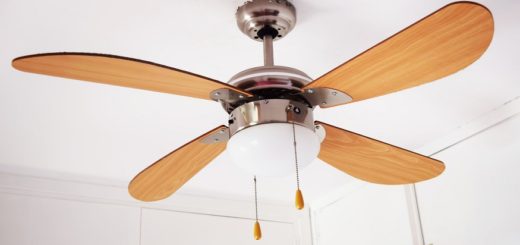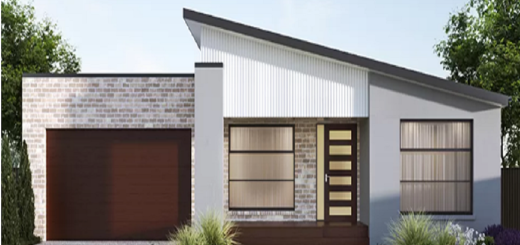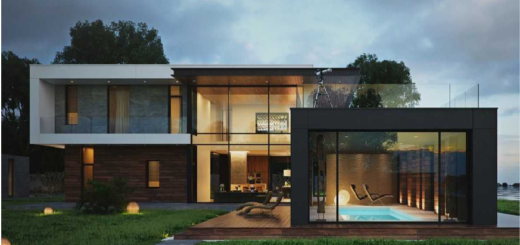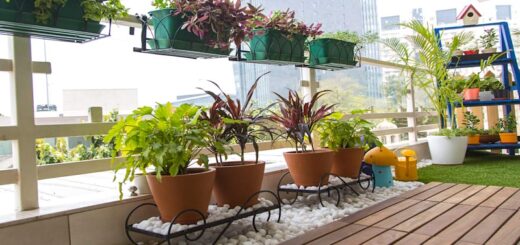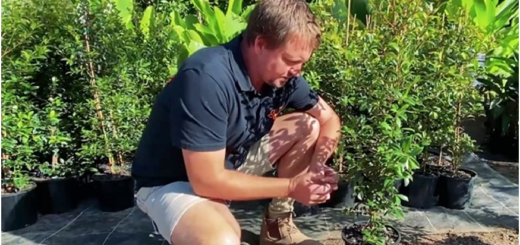An Indoor Growing Guide for Beginners
Growing plants indoors is always exciting for gardening enthusiasts, and why shouldn’t it be! Indoor growing is fun, and keeps one busy, especially at times when the weather is not favorable (usually in winter days). Yes, the thought of starting up your own indoor grow project may seem interesting, but the truth is that you need to put in more consideration into this and be sure of how you take control of the process.
Growing any crop indoors can be a challenge, but before you start purchasing or choosing the right crop, you have to determine a few things about your indoor space, like how much area can you dedicate to your plants, the number of LED grow lights to install, and the growing medium to choose.
Based on the experience of most growers, here are some tips for starting your indoor growing project.
Growing Indoors vs. Outdoors
One of the very first considerations is where you wish to grow your crops. Should you grow them outside or inside? Do you want to grow them in an open or closed area? Crops actually thrive outdoors in mild and sunny climates. You should make sure that you allow them to get sufficient rain and sun. However, when growing outdoors, you have to consider the season and climate, and be wary of airborne pollution problems and pests. Before choosing to grow outdoors, consider the quality of the native soil you have.
If taking up an outdoor grow project is not a good option, then you will have to turn to indoor-growing. The top considerations here are the types of lighting you use the nutrients for your crops, and the amount of water. Being a beginner, you have to evaluate whether you want to grow in a soilless medium, a potting soil, or a hydroponic setup. Regardless of what you feel is right, proper lighting and nutritional needs at different growth stages of plants are important.
The Grow Considerations for Indoor Plants
Lighting
For highest yields, Dorm Grow G8 LED grow lights serve as the most innovative indoor lighting technology. Highly skilled electrical engineers applied their knowledge to these lights, which have a proven record of delivering exceptional performance. These lights are a popular choice because they give quality harvests and have the full spectrum of light; ensuring plants receive a similar amount of light as the sun.
LED grow lights are great for indoor growing and agencies like NASA use these lights to grow different types of food in space. For optimal growth of crops and yield, you should use the right guidelines and best growing practices. In most cases, a common mistake that growers make using LEDs is overwatering plants and over-feeding with nutrients. Another common mistake is putting the lights too close or too far from the plants. It is advisable that you follow the recommended distance and use the coverage recommendation for your light.
Water
You also have to ensure that you give the crops a reliable water source. You need to test the water to check its pH and ensure it has no dissolved materials or particulates that will have an effect on the plant growth. With water, another decision you have to make is whether you should choose a reverse osmosis system or drip irrigation.
The Air Quality
Keep in mind that the quality of air is also important for the crops you intend to grow indoors. You need to be sure of whether there is enough flow of air in your indoor crops to reduce the chances of pests or fungal pathogens from affecting your plants. Make sure that you regulate the temperature and keep the circulation good in the system. The air system should also get rid of crop smell from the grow space.
Maintain a Good Distance
When using grow lights, you should also maintain a good distance for your plants. You should know that plants often reach out to the light and if you raise the light level, the plants will stretch to reach out to the plants. However, plants too close to the intensity of light may lead to stunted growth and cause discoloration.
Turning to LED grow lights for indoor grow projects is a smart decision. It is advisable that you keep these few considerations in mind and implement them for your indoor grow. Check the specifications and recommendations for your light and consult other growers to share the knowledge.



